Beauty, they say, is in the eye of the beholder, which might have been writ large in Porsche HQ when it first launched the Cayenne to an incredulous world in 2002.
It was Porsche’s first SUV and naturally, being a Porsche, it was expensive, it was ritzy, it was glitzy, it had pretty powerful engines and it was less than fuel efficient. What it wasn’t was low and sporty and particularly good-looking and, as a result, it attracted much opprobrium from both the press and Porsche aficionados for its funny face and slab-sided SUV-ness.
No matter – the public liked it, the gamble paid off and this and successive generations of Porsche Cayenne have gone on to shake their money maker most handsomely for Porsche, such that no respectable middle-class driveway would now be seen without one.

This first-generation model ran from 2003 to 2010. The launch engines were petrol 250bhp 3.2 V6s and 4.5 V8s, the V8 in normally aspirated 340bhp S and 444bhp Turbo trims. A 514bhp Turbo S arrived in 2006. The 3.2 is the least Porsche-like in terms of Tarmac shredding, with a 0-60mph time of around 9.0sec. The 4.5 S is usefully quicker (7.0sec), but for the full Porsche experience, you might be better off with the Turbo or Turbo S.
A 2007 facelift upped the 3.2 to 3.6 and the 4.5 to 4.8. To help scare the family, a stripped-out, naturally aspirated 400bhp 4.8 GTS on steel springs joined the line-up then too, while at the other end of the range, a 236bhp 3.0-litre diesel (with 0-60mph in 8.0sec but a relatively impressive 30mpg) popped up.
The V6 and S models could be ordered with six-speed manual gearboxes, but most buyers chose the Tiptronic automatic, which was standard on the Turbo. All versions got a rear-biased four-wheel drive system. The Turbo added a locking differential and automatic height-adjustable air suspension.

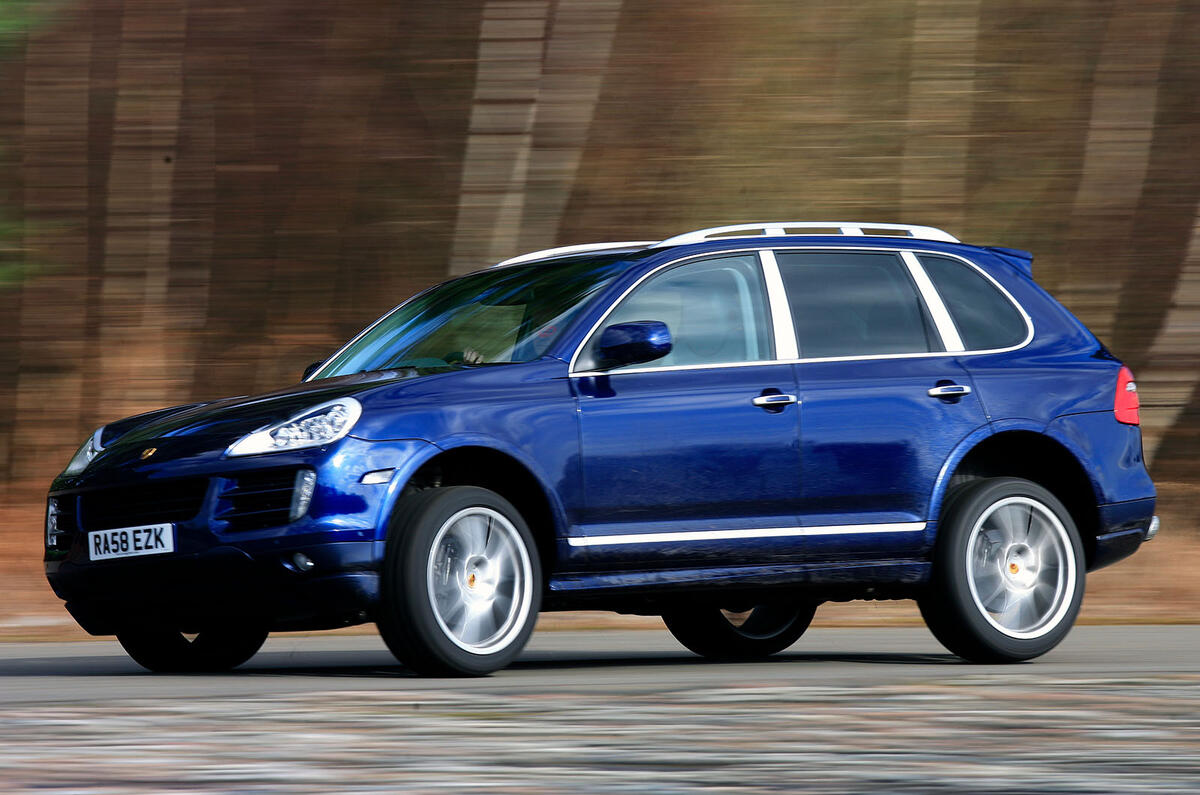
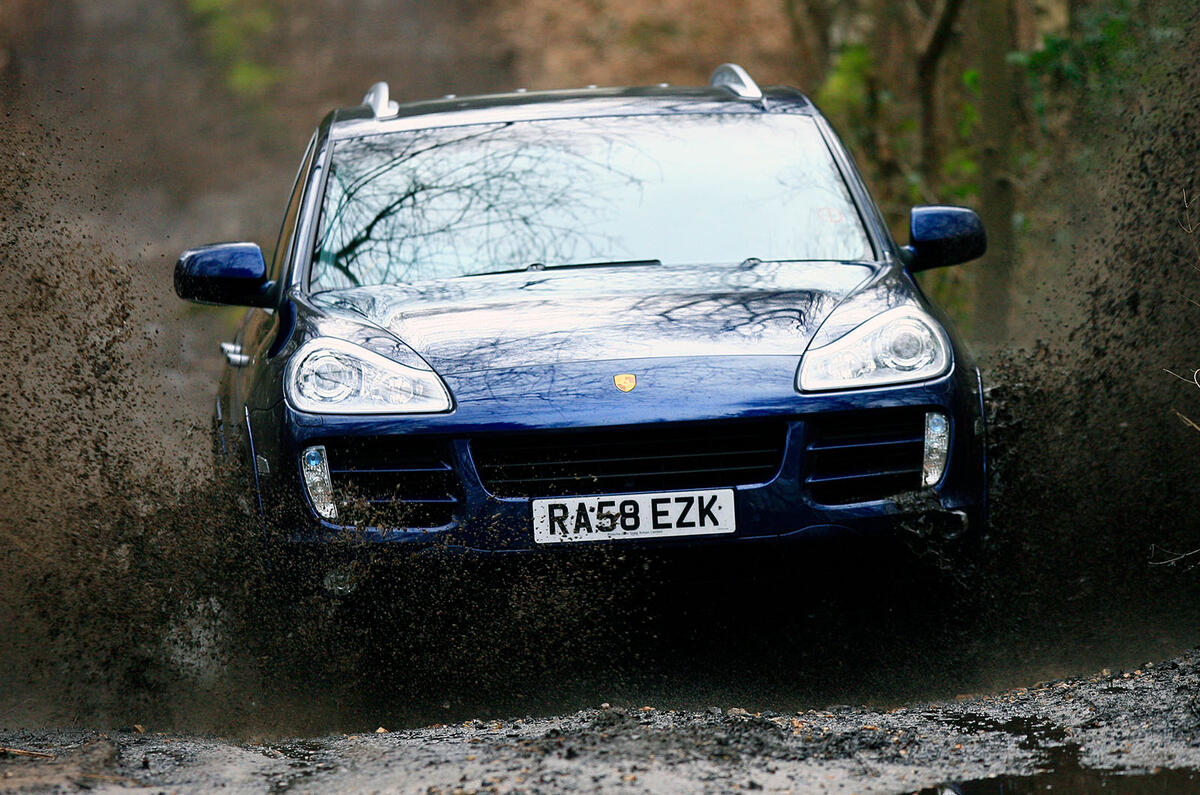
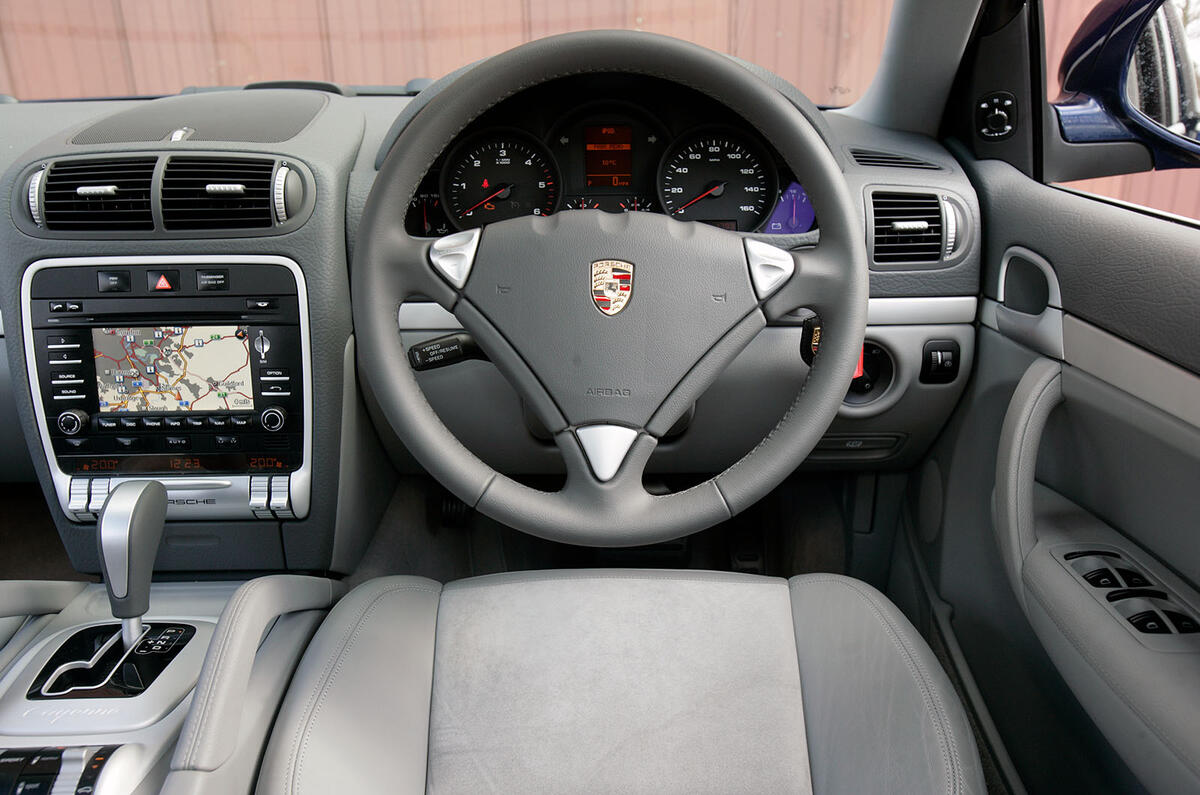
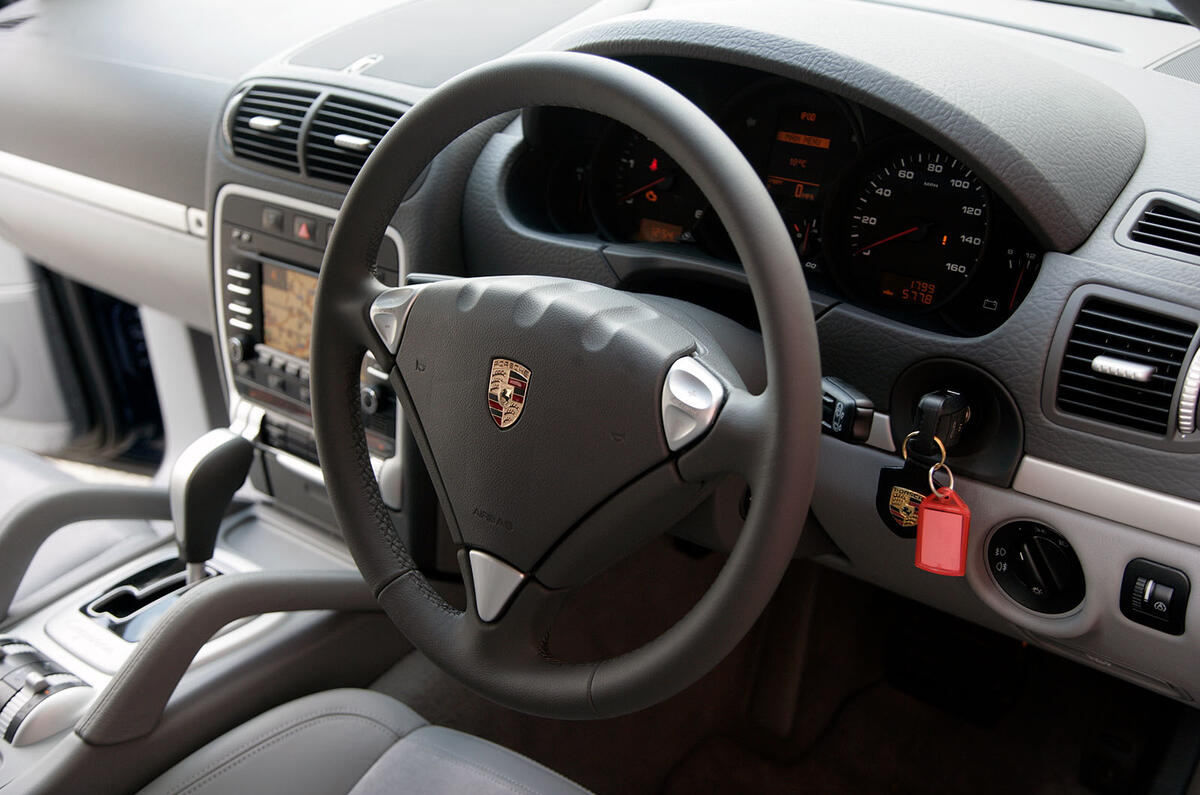
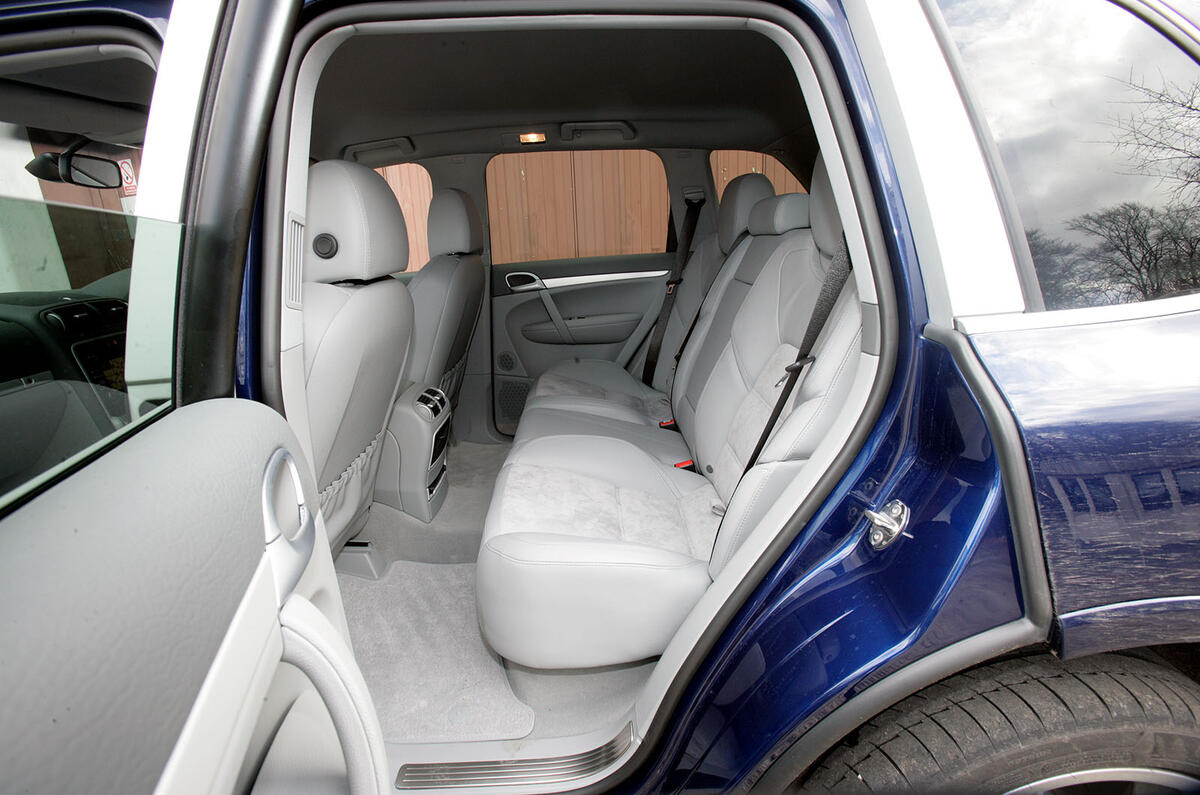
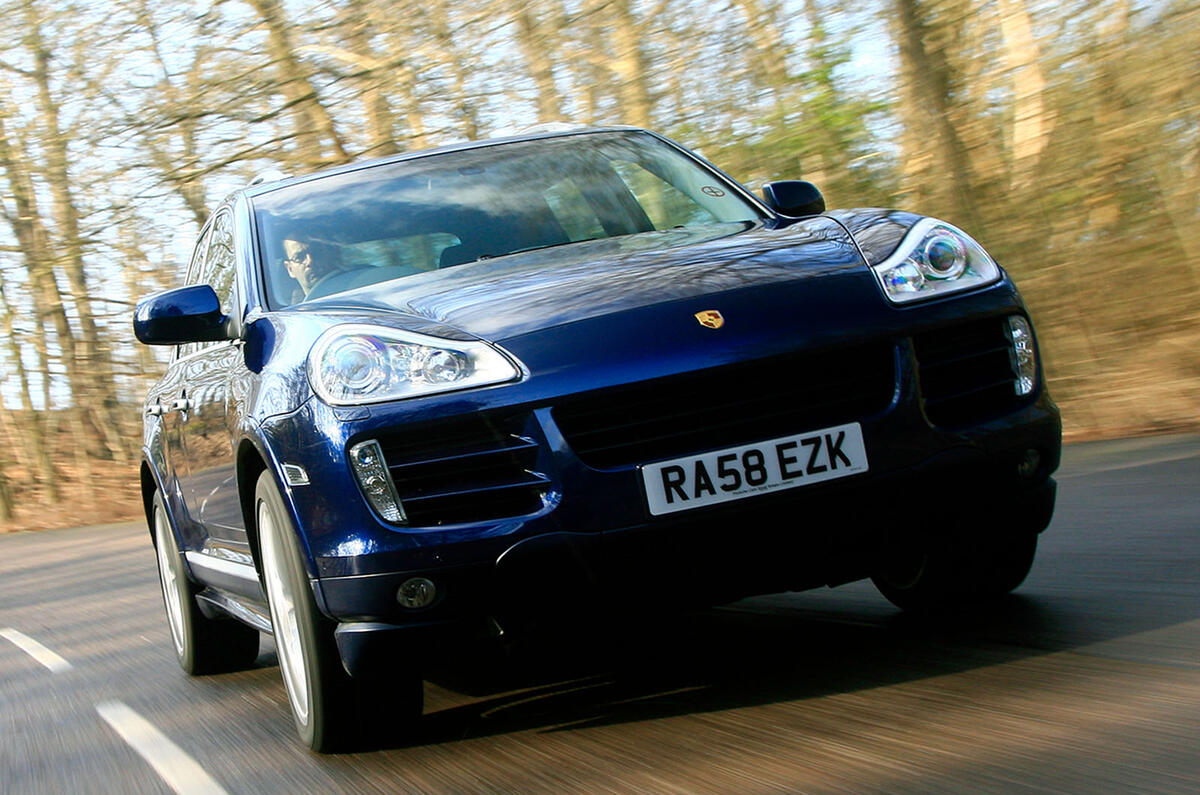
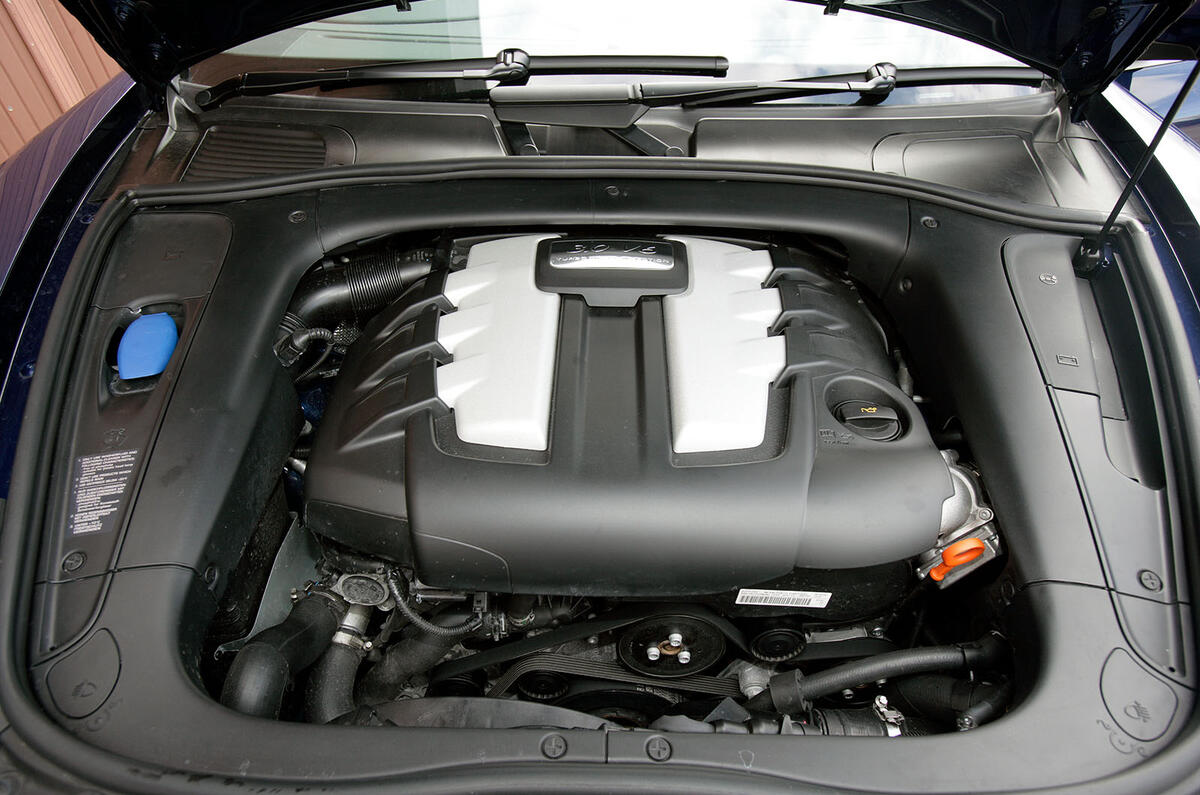
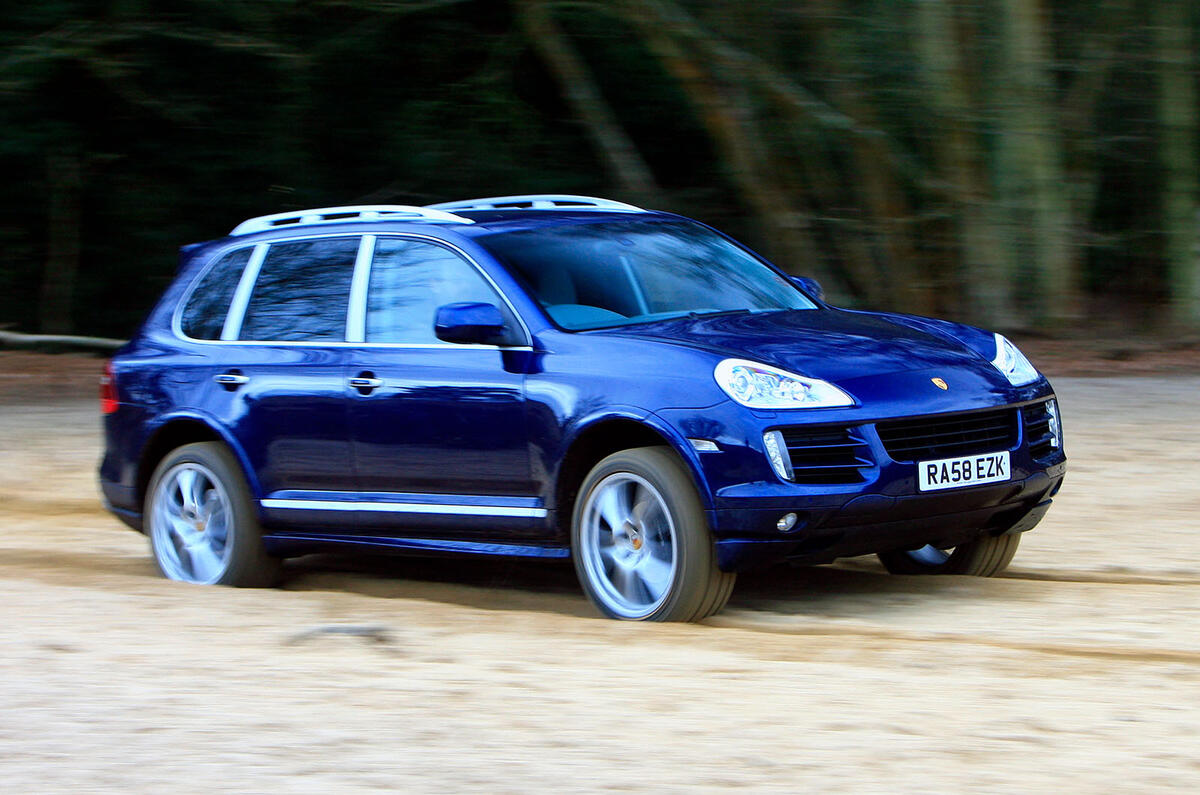
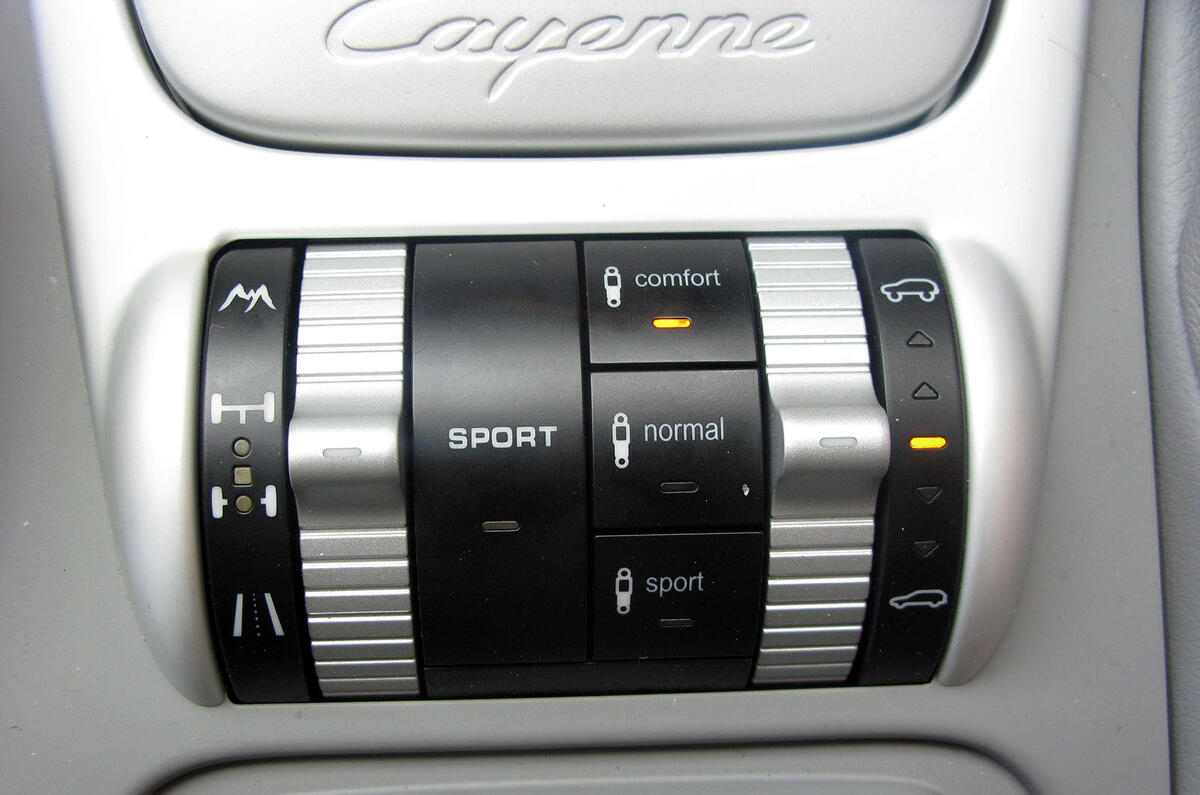
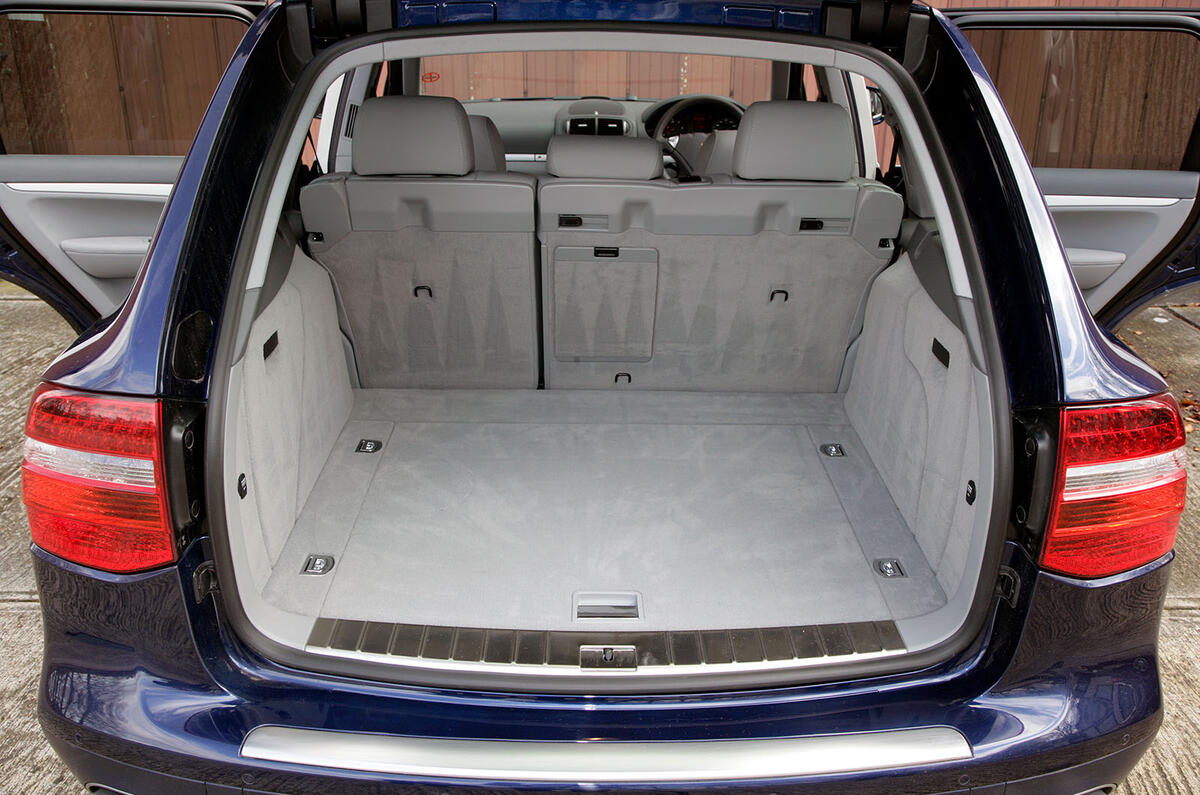
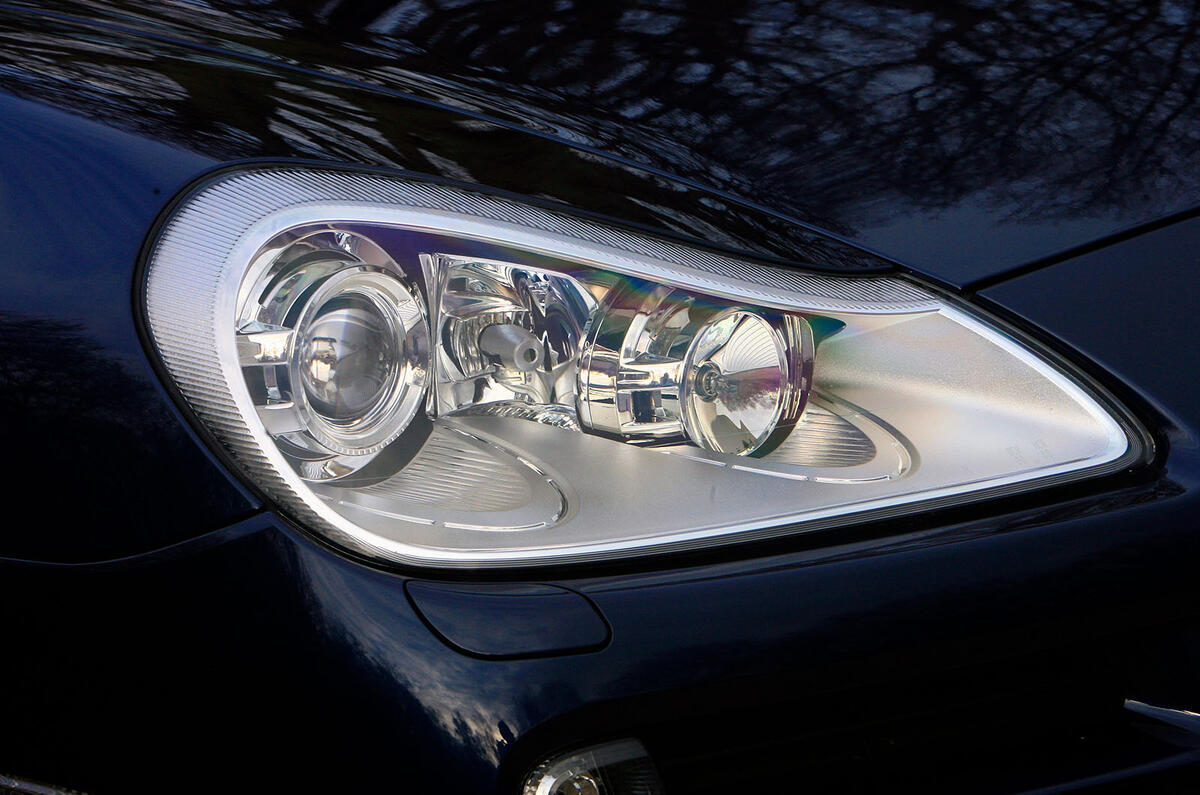
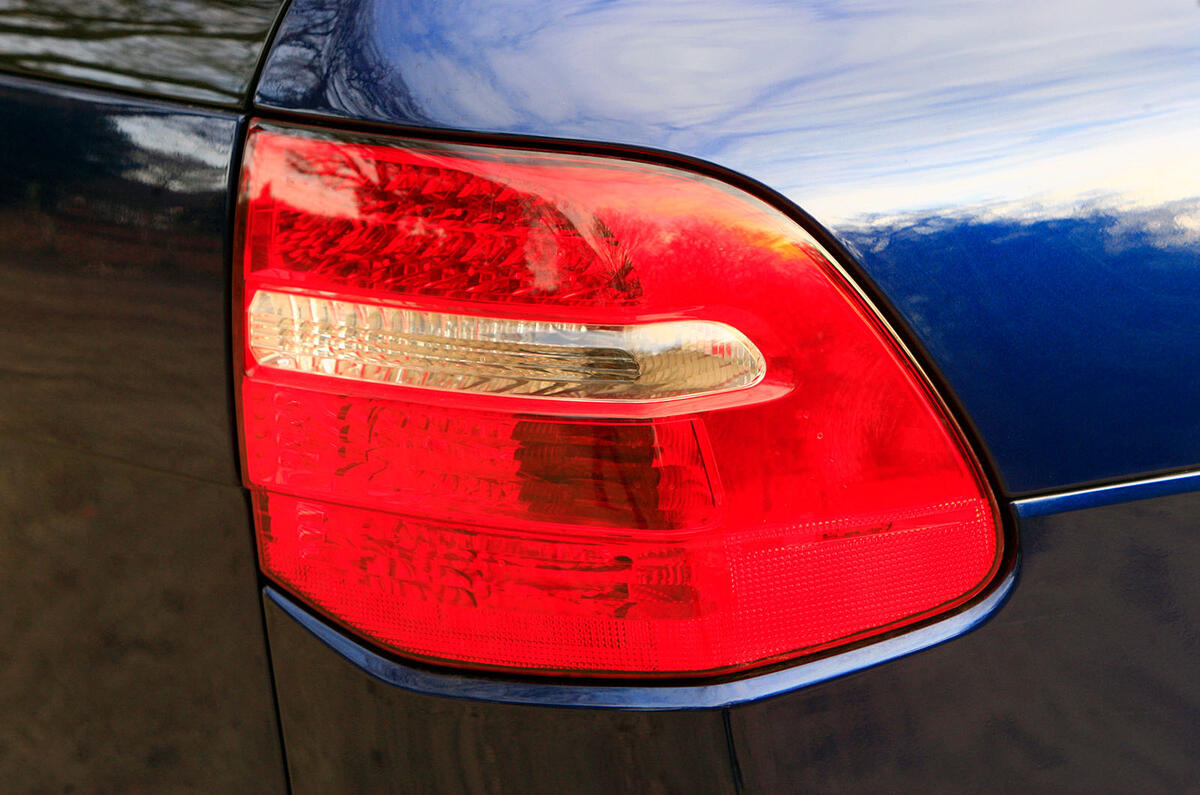
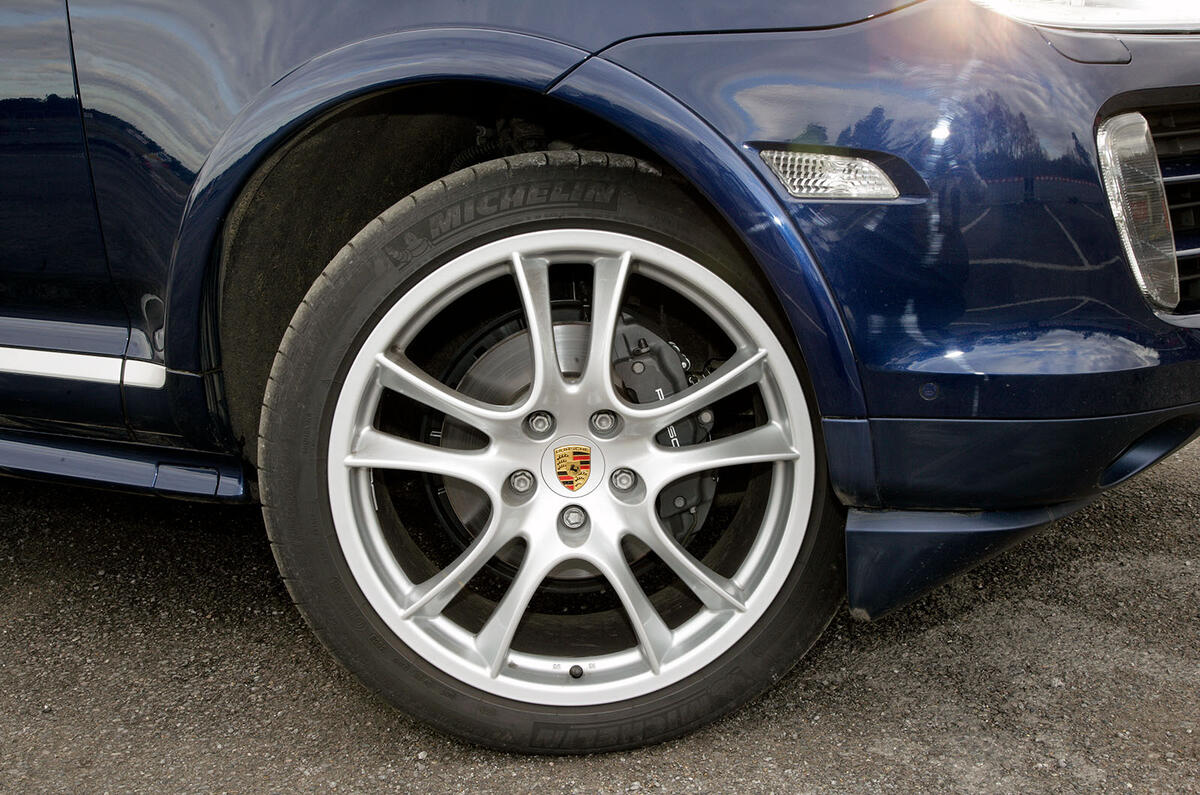
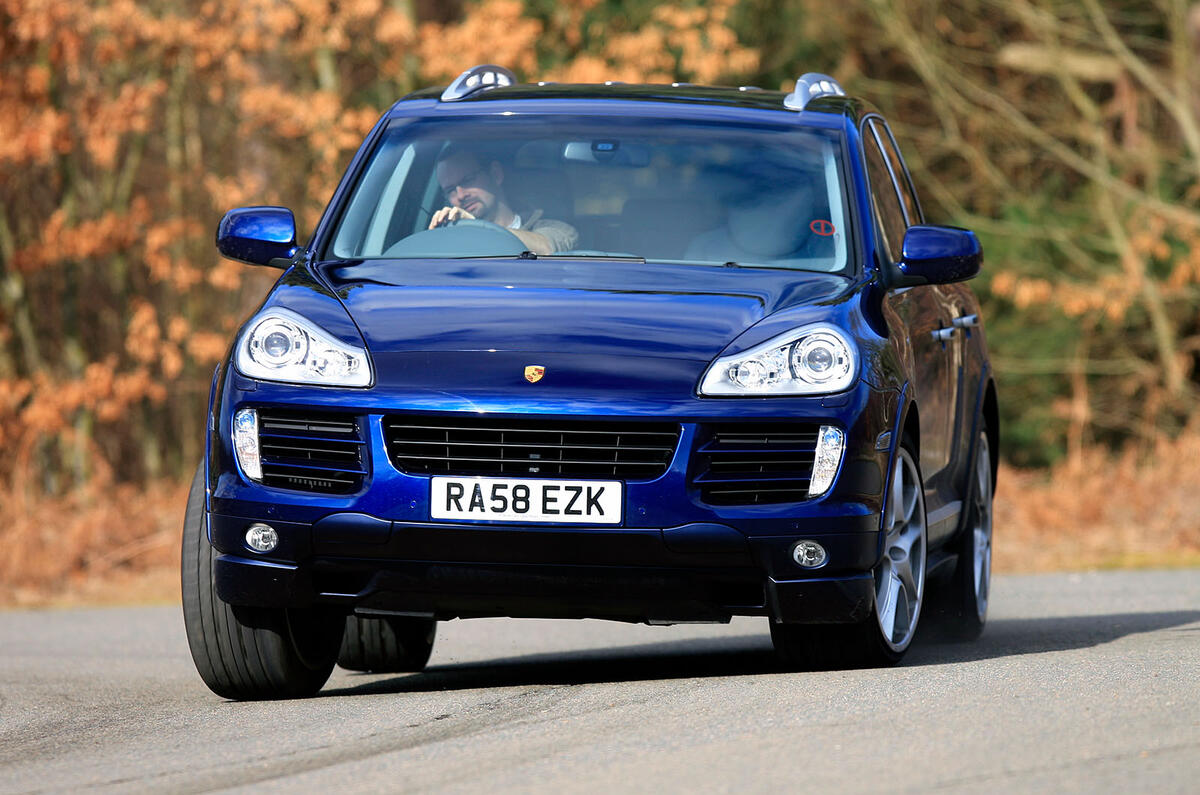
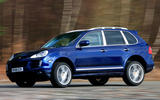
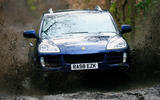
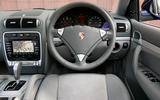
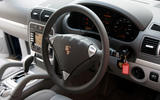
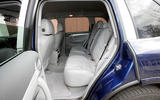
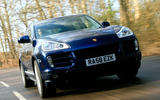
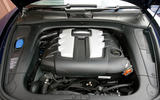
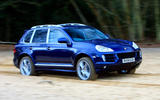
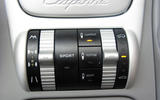
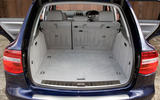
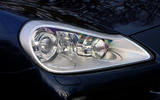

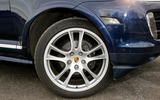
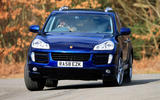








Join the debate
Add your comment
Be aware the some of these behemoths are not ULEZ compliant as is at least least one of the vehicles shown in this article. Coincidentally a chap on you tube was suggesting more or less the same silly vehicle for people with not enough money.